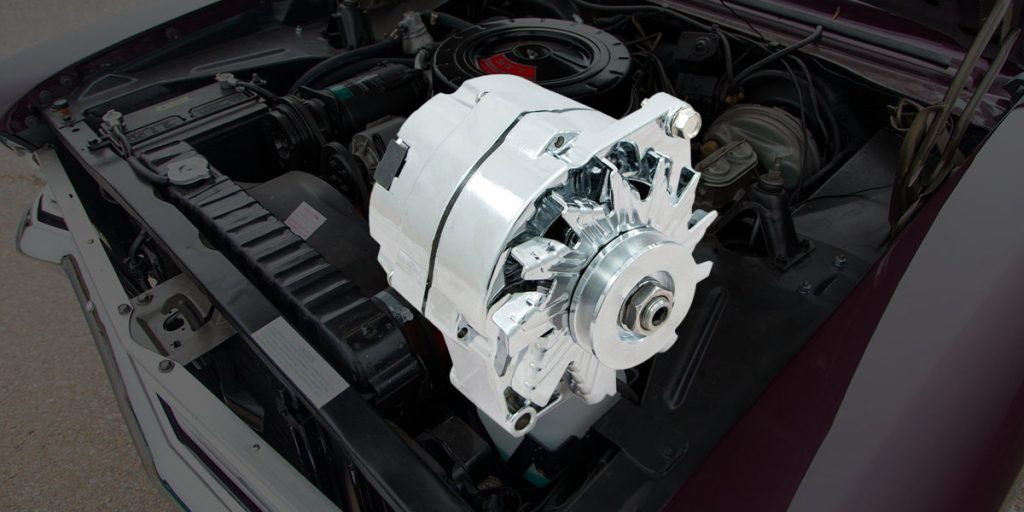Understanding Automotive Wiring Diagrams
Automotive wiring diagrams are an essential tool for diagnosing electrical issues, modifying vehicle systems, or understanding how various components in a vehicle work together. Whether you’re an experienced technician or a DIY enthusiast, mastering how to read wiring diagrams can save time, prevent mistakes, and make your work more efficient.
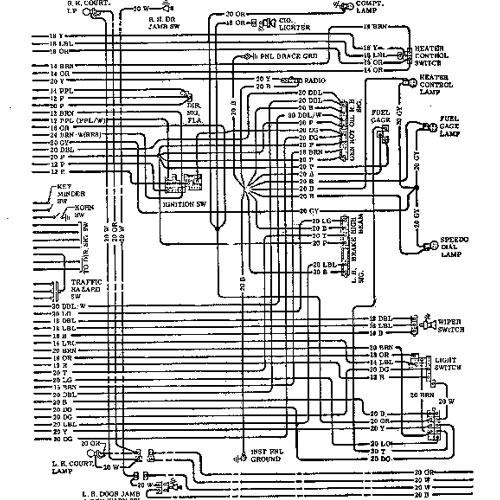
What is an Automotive Wiring Diagram?
An automotive wiring diagram is a visual representation of a vehicle’s electrical system or circuit. It maps out the connections between components such as switches, relays, sensors, motors, and lights. Wiring diagrams show how electrical signals and power flow through a vehicle, allowing you to trace circuits and troubleshoot problems effectively.
What is a Wiring Diagram Used For?
- Troubleshooting Electrical Issues: Wiring diagrams help identify where a fault or break might exist in a circuit.
- Modifications and Upgrades: When installing new components or accessories, wiring diagrams ensure proper connections.
- Understanding Electrical Systems: They are vital for learning how a system operates, whether it’s the lighting, HVAC, or powertrain controls.
- Identifying Components: Pinpointing the location and connections of specific components in the circuit.
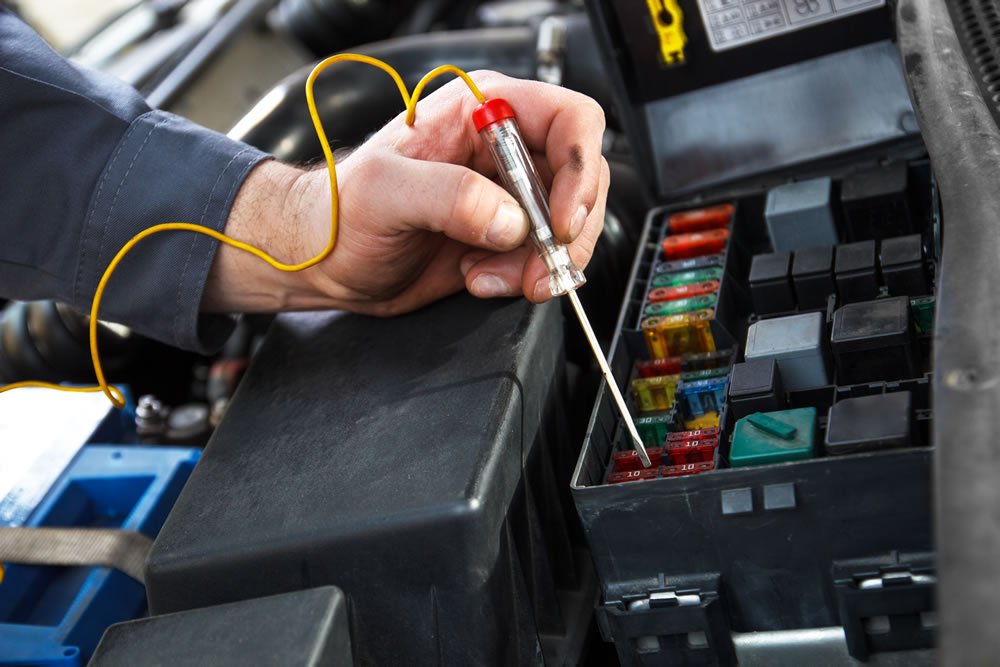
Key Components in Automotive Wiring Diagrams
When reading wiring diagrams, certain components are common and crucial to understanding the circuit:
Switches:
Represented by symbols that indicate whether the switch is open or closed. Pay attention to:
- Single-pole single-throw (SPST): Basic on/off switches.
- Multi-position switches: These are for systems with multiple states like fan speed or light brightness.
Relays:
Relays use a low-current signal to control a high-current circuit. Look for:
- The coil circuit (control side).
- The contact circuit (load side).
- Activation state (normally open or normally closed).
Ground Connections:
Grounding points are crucial for completing electrical circuits. They are often marked with a grounding symbol and are essential for:
- Component operation.
- Preventing voltage buildup and ensuring safety.
Battery and Power Supply:
The starting point for all electrical systems. Follow the diagram to see how power is distributed from the battery to different circuits.
Understanding Color Codes in Wiring Diagrams
Wire colors in automotive diagrams often follow industry standards, though these can vary between manufacturers. Common color codes include:
- Red: Power supply, constant or switched.
- Black: Ground.
- Green: Signal wires, often for sensors.
- Yellow/Orange: Communication wires, especially in modern vehicles (e.g., CAN bus).
- Blue: High-current circuits, such as headlights or motors.
Important Note: Always refer to the manufacturer’s documentation for exact color code definitions.
Symbols and Notations
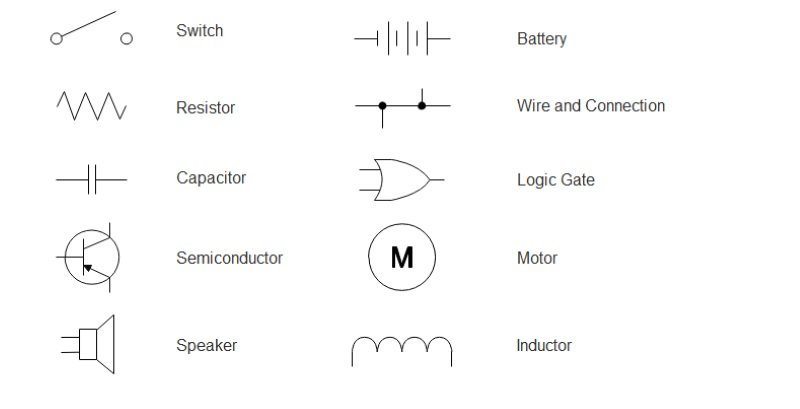
Automotive wiring diagrams rely on symbols to represent components. Familiarize yourself with these common symbols:
- Lines: Represent wires.
- Dots: Indicate connections between wires.
- Breaks in Lines: Show where wires do not connect, even if they cross.
- Arrows: Represent flow direction for signals or current.
How to Read an Automotive Wiring Diagram
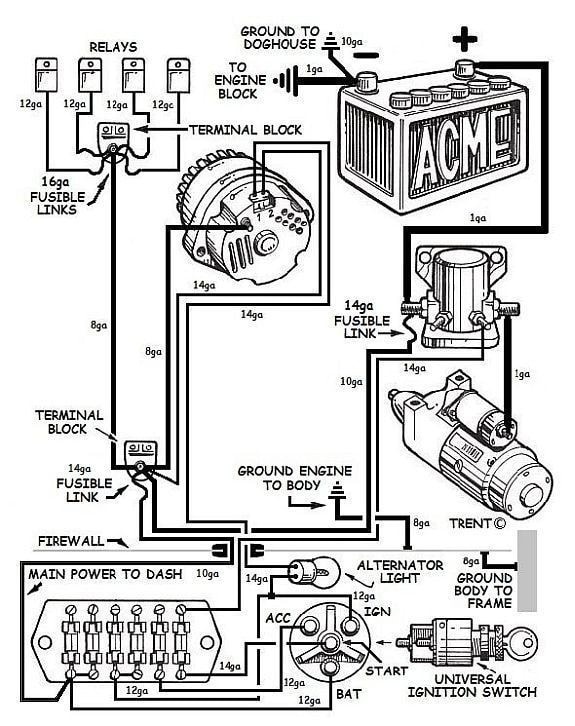
Identify the Diagram Layout:
Wiring diagrams are typically divided into sections based on vehicle systems (e.g., lighting, ignition). Locate the system you’re working on.Trace the Circuit Path:
Start at the power source (battery) and follow the path to the component in question. This helps identify potential breaks or faulty connections.Pay Attention to Connectors:
Match connectors on the diagram to physical ones in the vehicle. Check pin numbers and ensure connections are correct.Locate Ground Points:
Ensure all components in the circuit have proper grounding. A bad ground can cause intermittent or complete failure.Understand Relay and Fuse Placement:
Look for relays and fuses that protect the circuit. Blown fuses or faulty relays are common culprits in electrical issues.
Grounding Points and Their Importance
Grounding points are essential for completing circuits and ensuring system reliability. Poor grounding can lead to:
- Dim or flickering lights.
- Erratic sensor behavior.
- Complete circuit failure.
When inspecting or installing a circuit, clean and secure all ground connections to minimize resistance and voltage drops.
Common Pitfalls When Reading Wiring Diagrams
- Overlooking Grounds: Many electrical issues stem from poor grounding.
- Misinterpreting Symbols: Always verify symbols in the diagram’s legend.
- Ignoring Manufacturer Notes: Specific details, such as wire gauge or component ratings, can be critical.
- Skipping Color Checks: Verify that the wire colors in the actual harness are against the diagram, as they can fade or appear similar.
Tips for Success
- Use a Multimeter: Verify voltage and continuity at various points in the circuit.
- Label Wires: Mark wires with labels to avoid confusion during complex installations.
- Consult Vehicle-Specific Manuals: Always refer to the documentation for your specific make and model.
- Practice Patience: Tracing circuits can be time-consuming, but methodical work prevents errors.
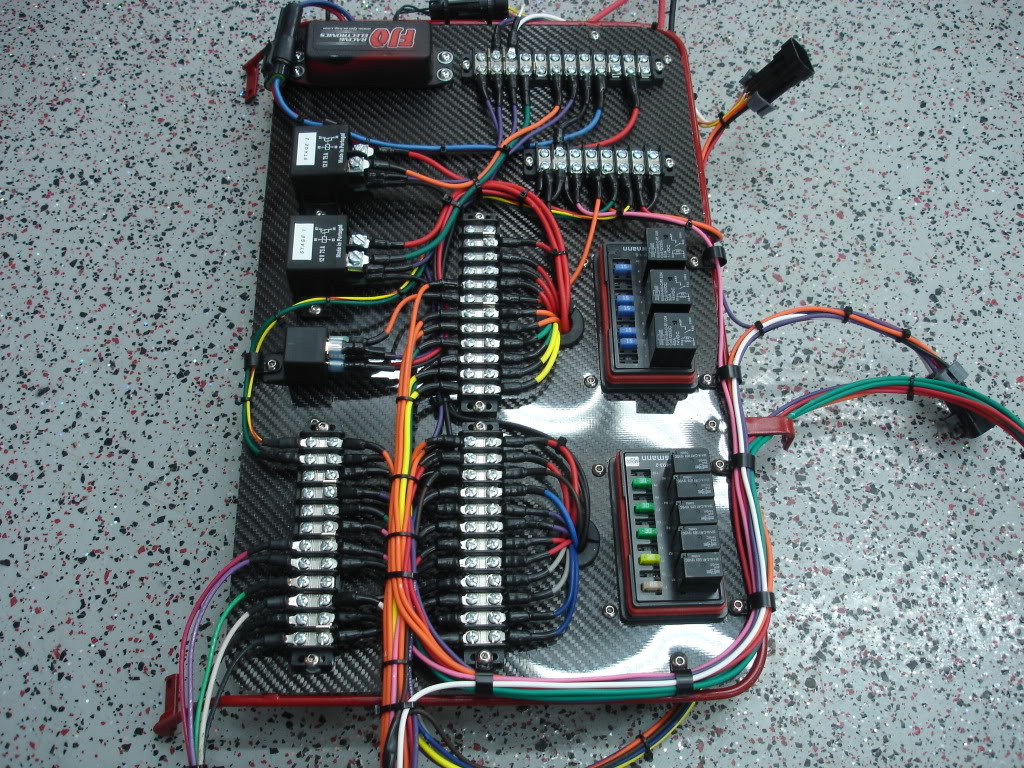
Automotive wiring diagrams are invaluable for anyone working with a vehicle’s electrical system. By understanding how to interpret these diagrams, recognizing key components, and following the correct procedures, you can troubleshoot issues, perform installations, and modify circuits with confidence.
If you need a wiring diagram for your classic Camaro, Nova, Chevelle, El Camino, Monte Carlo, or G-Body, hop on SS396.com or give our friendly techs a call at (203) 235-1200!



